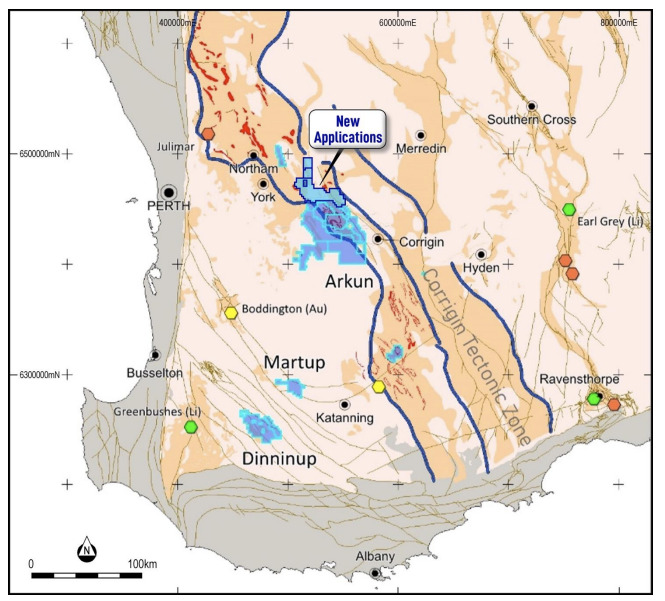Whip it, into shape: Impact Minerals gets cracking with maiden rare earths drilling at Arkun

An aircore drilling campaign will take place across Impact Minerals’ Hyperion REE prospect, part of the 100% owned Arkun project. Pic via Getty Images
- Drilling will begin this week at Impact Minerals’ Hyperion REE prospect
- The program will test a large REE soil geochemistry anomaly covering at least a 3km2 area at greater than 1,000ppm TREO
- Approvals are in place and a rig is mobilising to site
Special report: Impact Minerals is drilling at the Hyperion rare earth element (REE) prospect to test a large, +1,000ppm soil geochemistry anomaly.
In early January Impact Minerals (ASX:IPT) conducted a widespread soil sampling program at the 2,000km2 Arkun project, uncovering REE anomalism of up to 5,800ppm TREO including high value NdPr of up to 21% within a 3km2 area.
This new Hyperion anomaly is a potential clay-hosted deposit and adds to the strong results from the nearby Swordfish and Horseshoe prospects, the latter a 10km-long REE anomaly about 25km east of this new find.
IPT believes it could be the first of multiple deposits, as there are at least a dozen similar areas to follow up.

Approvals in place, rig secured
All necessary statutory approvals as well as Program of Works (PoW) and land access permissions have been received.
An aircore/ slimline reverse circulation (RC) has been secured and is currently mobilising to site to carry out the 40 holes for 2,000m drilling program.
Drilling will test the significant REE soil geochemistry anomaly identified at Hyperion where results of up to 5,880ppm TREO and Yttrium were reported previously.
Other REE soil geochemistry anomalies have been also identified at Swordfish and Horseshoe.
Samples to be sent for preliminary test work
IPT managing director Dr Mike Jones says the discovery of the Hyperion REE Prospect was a significant breakthrough in exploring the Arkun project.
“We are eager to drill test the anomaly to assess the depth extent of the weathered clay that may host the REE mineralisation,” Jones says.
“The key to an economic discovery is to evaluate how easily the REEs can be extracted through simple acid leaching of clays and, so we will be sending samples for preliminary test work as quickly as possible.
“Given this is the first-ever drill program at Arkun, and that several other significant REE anomalies remain to be tested at Arkun – for example Swordfish and Horseshoe – the extraction characteristics will have an important bearing on any future resource definition drilling.”
Drilling results expected towards end of Q2
At this stage, the nature, depth, and thickness of the REE mineralisation at Hyperion are unknown but recent experience shows that elevated REE results only sometimes correlate with easily leachable clays.
IPT says the metallurgical performance of the clay is a more important criterion for early-stage exploration assessment than the grade or tonnage of the regolith hosting the clays.
The aircore drill program aims to test the depth of the weathered zone and the REE content and obtain samples for metallurgical test work.
Assays and results of the drilling are expected towards the end of Q2 of 2024.
This article was developed in collaboration with Impact Minerals, a Stockhead advertiser at the time of publishing.
This article does not constitute financial product advice. You should consider obtaining independent advice before making any financial decisions.
Related Topics

UNLOCK INSIGHTS
Discover the untold stories of emerging ASX stocks.
Daily news and expert analysis, it's free to subscribe.
By proceeding, you confirm you understand that we handle personal information in accordance with our Privacy Policy.








